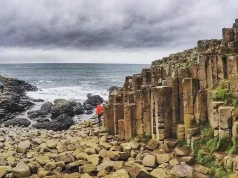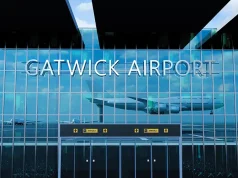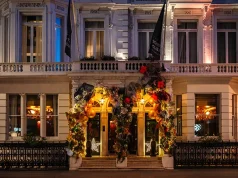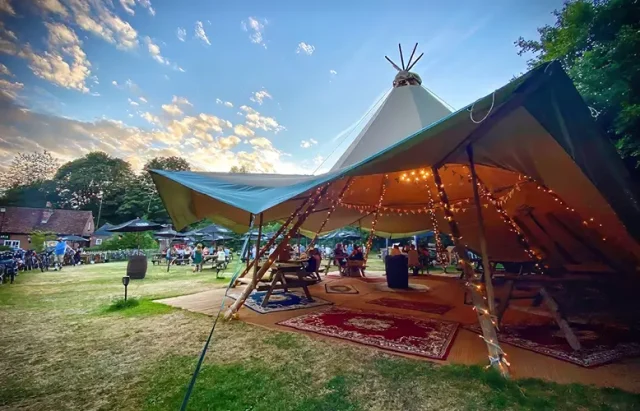
St Albans is a pint-sized city that packs a punch when it comes to pub culture, with a host of hostelries offering everything from cracking live music and exciting real ales to funky bars and award-winning cuisine.
But with dozens of different watering holes to choose from around the city centre alone, how do you know where to head for that particular experience – whether it’s a summer evening in a beer garden or winter’s afternoon around a log fire?
This is an insider’s guide to St Albans pub culture, crafted through first-hand experience of the city’s brilliant boozers which should steer you in the right direction.
Hostelry History
The proliferation of pubs dates back to the Middle Ages, with the town providing inns and hostels for pilgrims visiting the Shrine of St Alban. Even more sprang up in the 17th century, when St Albans provided a suitable stopping point for the growing coach trade.
Just a day’s ride from the capital, coaches used the raised streets around what is now Old London Road, passing by a variety of hostels, many of which can still be found today. In fact, by 1686 there were enough inns to provide stabling for 1,411 horses, more than most towns and cities across the country.
Although the growth of the railway brought an end to coaches as the predominant means of travel, the former inns reinvented themselves as public houses for local factory workforces, meaning by 1870 there were 89 pubs across the city centre.
St Albans still claims to having the most pubs per square mile in the UK, although other cities might dispute this, but whether it’s true or not, there are certainly a lot!
Professor Tim Boatswain of St Albans and Hertfordshire Architectural and Archaeological Society said: “The legend is that St Albans had a public house for every day of the year. It is, of course, untrue but the city did have a large number of inns and alehouses as for many years it was the first coaching stop out of London, and those hospitality buildings survive today but in a different guise.”
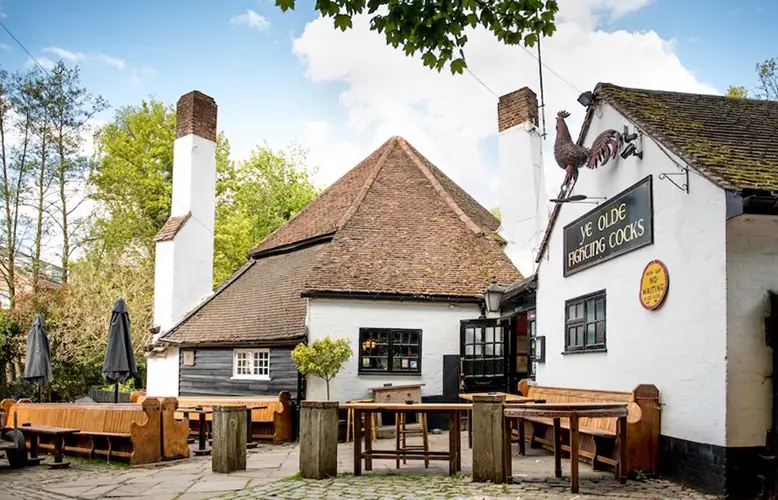
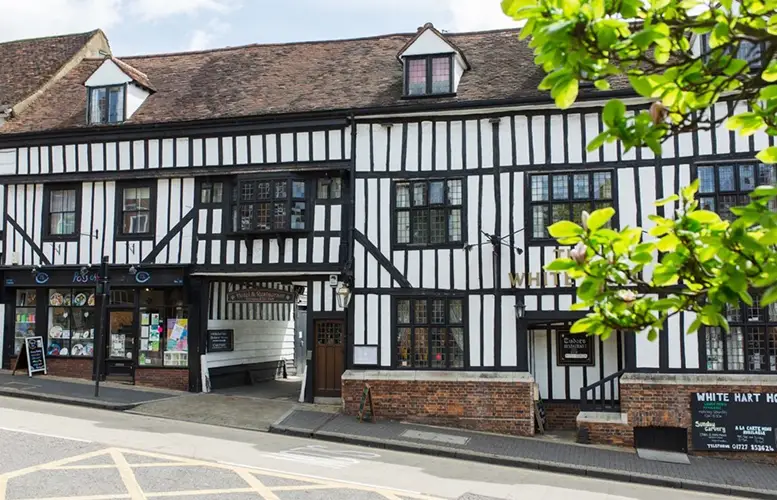
Character & Charm
None of the city’s pubs are the same, ensuring a different experience wherever you visit, but two things you can be certain of finding are character and charm.
Discover the oak beams and winding interior of The Snug, once The Fleur de Lys Inn, said to have provided accommodation for King John II of France, or pop in for a pint at The Boot, designated one of the country’s Battlefield Pubs because of its key role in the First Battle of St Albans, which signalled the start of the Wars of the Roses.
Dating back to 1470, the White Hart Hotel is one of St Albans most haunted pubs with lots of stories to tell- some say they have seen the ghost of a St Albans Cathedral monk who helps himself to a pint from the bar.
Tap into musical history at The Blacksmiths Arms, where sixties rock group The Zombies first performed, or catch a live performance at iconic grassroots venue The Horn of Plenty, which has seen the likes of Bad Manners, Chas and Dave, Chrissie Hynde, the James Taylor Quartet and U2 grace its stage.
The Waterend Barn has connections to royalty and Winston Churchill. The 17th century building was relocated from the childhood home of Sarah Jennings, the first Duchess of Marlborough and close friend of Queen Anne.
Enjoy a night out without the kids at The Lower Red Lion in Fishpool Street, which made international news headlines for its child-free policy, but is also a quaint community pub in a Grade II listed building dating back to the 1700s and was the city’s second real ale pub.
Real Ale Champions
With a history so entrenched in pub culture, it’s unsurprising that a grassroots campaign grew up in the city to oppose the growing mass production of beer and the decline of the British brewing industry.
The first CAMRA (Campaign for Real Ale) branch meeting held anywhere took place at The Farriers Arms in St Albans in 1972, which became the first branch pub to convert to real ale, a huge milestone at a time when fewer than 100 pubs across Hertfordshire sold real ale.
More than 50 years later real ales are sold in pubs across the UK, with CAMRA now firmly entrenched nationwide, and holding an annual [1]beer and cider festival at the Alban Arena in the city centre.
Local Brewers
Beer has been brewed in St Albans since medieval times, with monks at the Abbey producing it both for their own consumption and to sell to thirsty pilgrims.
Commercial brewing was established in the city during the 17th century, when the Kinder family opened the St Albans Brewery on Chequer Street, and today there remain a number of local brewers keeping the tradition alive.
The 3 Brewers of St Albans promise no fuss and no pretension, and simply produce local beer brewed by local beer lovers using local ingredients, including fresh water from their own borehole at Symonds Hyde Farm.
Despite running a host of pubs including The Red Cow in Harpenden and Elephant and Castle in Wheathampstead, Farr Brew was founded for one reason, and one reason only, to make great tasting beer and bring it to the public, and they’ve certainly delivered on that promise in the 10 years since they started up.
If you’re looking for an alternative to beer, then the Spirit of Hertfordshire distillery makes gins using botanicals foraged from the local area and inspired by the towns and villages of our beautiful and historic county, while Black Bridge Distillery offers small batch vodka and gin, or their favourite tipple, Old Mountain Moonshine.
St Albans Pubs Walking Tour
Run by St Albans Tour Guide, this walk traces the changing fortunes of many drinking establishments – some long gone, others re-invented and those that remain virtually unchanged by time.
Locations visited include the Rose and Crown in St Michael’s village, The White Hart Tap in Sopwell, The Peacock, The Harrow, The Boot, The Peahen and even The Vine pub in Spicer Street, established by Richard Raynshaw, serjeant-at-arms to Henry VIII, and closed back in 1932.
Pub Gardens
As we head towards summer, the temptation to while away a balmy evening in a pub garden is hard to resist, and St Albans certainly has some gems to choose from.
The Blacksmiths Arms promises “the best gardens this side of Babylon” referring to one of the Seven Wonders of the Ancient World, and features a suntrap complete with its own brightly coloured beach huts!
Ye Olde Fighting Cocks, well known for its claim to be the oldest pub in England, has a large outdoor space with views over the River Ver and Verulamium Park, and is often used for live music during the summer.
Farr Brew’s flagship pub, Elephant and Castle was a finalist in the Best Pub Garden category of the Great British Pub Awards 2024 and no wonder with its two large gardens, wild flower area, kids play frame and hidden secrets to explore. Two giant tipis ensure the garden is a haven, rain or shine.
Imagine you’re on holiday in The Peahen’s sunkissed patio area, which offers a Mediterranean vibe complete with cosy sofa booths and Pub-opoly game boards on its tables featuring venues across the city centre.
Less sunny but no less spectacular is The Mad Squirrel Tap’s garden, probably the best place to see St Albans Cathedral and enjoy a pint of craft beer, or explore the expansive garden at The White Lion, Punchin’ Paloka’s secret hideaway and the secluded space at The Beehive, all of which are worth a visit.
Culinary Champions
It’s not all about the drinks! St Albans’ pubs go above and beyond when it comes to food, and we know where to recommend for the pick of the plates.
Sample award-winning fine dining on your doorstep at Dylan’s at the Kings Arms in George Street, or visit its sister establishment The Boot for the best tacos outside of Mexico.
Tuck into a satisfying Sunday roast at The Hare and Hounds and The Cock Inn, share a freshly made, hand-rolled pizza at The Mad Squirrel Tap, or embrace Brooklyn-inspired barbecue using wood-fired smokers at The Craft and Cleaver.
The Wicked Lady is a premium country pub serving the tastiest food inspired by the season. Named after The Wicked Lady of Markyate, a gentlewoman named Katherine Ferrers who lived during the mid 1600s. Ferrers became a highwaywoman and she is said to have been shot near the site of the modern-day pub and died of the injuries she sustained. The Wicked Lady is now a local legend and the inspiration for many books and films.
If you’re looking for some smaller nibbles, there are a wealth of tapas dishes available at The Peahen and The Saint and Sinner, or stick with some traditional pub grub at The Prae Wood Arms.
Find out more, visit BARS & PUBS IN ST ALBANS on www.enjoystalbans.com


